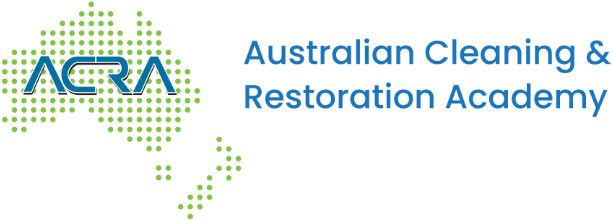My Journey Through the 4-Day Flood House Course
A Closer Look at Water Damage Restoration Training in Brisbane
Stepping into the flood house course, anticipation mingled with uncertainty. The descriptions of "hands-on" learning seemed abstract, but until you are waist-deep in water (figuratively speaking of course), you don't fully grasp the depth of the experience you are embarking on. With a newly formed team of peers, led by amazing experts you are ready to tackle the challenges head on. Our expert trainers radiated enthusiasm, setting the stage for days filled not with passive observation, but with active engagement and full immersion into the world of restoration. This wasn't going to be a sit-back-and-relax kind of water damage restoration training course. No, this was about getting our hands dirty—literally and metaphorically.
The flood house itself is an absolute marvel. Intentionally designed and purposely built, this house located in a shed replicates the inundated homes scattered across Australia. Each room presented unique challenges, from submerged living spaces to waterlogged carpets, wood floors, tiles and walls. Our mission? To restore the property to its former glory before the course concluded. But before we could wield equipment and dry surfaces, we needed a solid grounding in the fundamentals.
Day one kicked off with introductions. We shared our backgrounds, our expectations of the course, our hobbies and favourite sports teams, breaking down the walls so we would come together as a team to reach our goal. We shared our industry experience and exchanged insights, before splitting into groups. We embarked on a multifaceted exploration that would alternate between theory sessions, interpreting inspection processes, and practical exercises which included moisture detection and mapping, water extraction, equipment set up and much more.
Yet, the true essence of the experience lay in the tactile engagement with cutting-edge equipment. From a multitude of extraction machines, fans and drying equipment to sophisticated moisture detection tools, thermal imagery and borescopes, the flood house offered a playground for experimentation. Through trial and error, we navigated the intricacies of each device, discerning their applications in real-world scenarios. Whether grappling with stubborn waterlogged carpets, drying wood floors with fans, dehumidifiers and drying mats or orchestrating meticulous containment setups, every endeavour enriched our understanding and honed our skills.
From discussions with our peers, it became evident that experience levels varied widely. Whether a business owner, a seasoned professional technician or new to the field, we all walked away with techniques to try, and lessons learned. Some technicians were attending for a second time, eager to absorb all they could and to replenish their minds of techniques forgotten, new ideas and equipment to try. Conversations with peers from administrative roles underscored the importance of understanding the fieldwork, the importance of detailed reporting and invoicing, thus empowering them to problem-solve alongside technicians and workshop various approaches when challenges arise, or questions are asked.
The course was thoughtful in its design and approach, but it wasn't so rigid that mistakes weren't allowed, if slip-ups occurred, we had the opportunity to correct and retry, a crucial aspect of the learning process. Of course, questions and feedback play an integral part and we were always encouraged by the trainers to ask questions and raise any concerns, not only to assist with learning, but for the trainers to be able see that we were grasping the concept of their teaching.
A highlight of the experience was undoubtedly the ensemble of trainers, each possessing a unique set of competencies. As we travelled around the flood house over four days, we gleaned insights from diverse perspectives. From Garry's expertise in drying principles and techniques, Jay’s knowledge of mould remediation, and passion for occupational health, Julius’ in-depth understanding of equipment and Alan Bethel’s infectious passion for the industry, every interaction enriched our repertoire, amplifying our effectiveness as restoration professionals.
But amidst the whirlwind of activities, sustenance was essential. The team behind the scenes ensured our physical well-being with thoughtfully curated meals and refreshments. They really do go above and beyond to ensure dietary requirements are considered and changes made when required. Each break was an opportunity to refuel, with tantalising offerings that invigorated both body and mind. From hearty lunches to energizing snacks, the catering exceeded expectations, providing a refreshing break from our busy day.
And then there was the team dinner—a cherished tradition that breathed life into our collective experience. The team dinner was a moment to unwind and connect with peers who shared this journey of knowledge specific to our industry. Amidst laughter and camaraderie, barriers dissolved, fostering bonds that transcended the confines of the flood house. It was a reminder that during our busy schedule of learning and experiencing, there was time to mingle and connect. The perfect essence of fun added to what really is a very informative and knowledgeable work week.
As day four drew to a close, we departed the flood house transformed — armed not only with newfound expertise but also with camaraderie and connections forged through our shared trials and triumphs. Empowered and emboldened, we embarked on our respective journeys, poised to make a tangible impact in this realm of water damage restoration — a testament to the transformative power of a truly immersive learning experiences.













